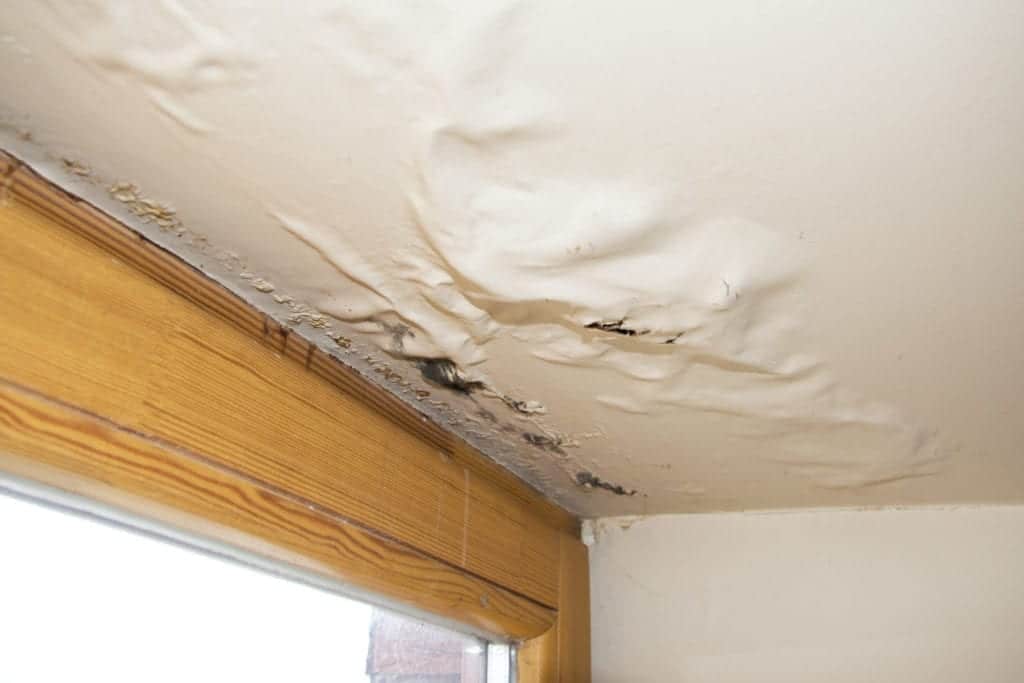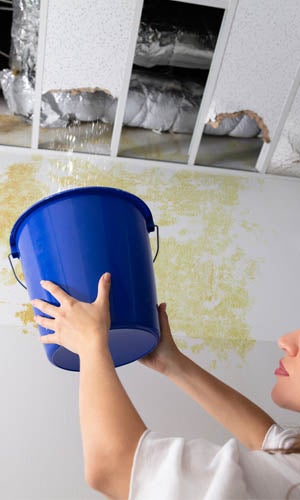Exactly how to Inspect If Your House Has a Concealed Leakage
BookPresented here in the next paragraph you can locate a lot of very good points on the subject of Locating water leaks.

Early detection of leaking water lines can mitigate a possible catastrophe. Some small water leakages might not be noticeable.
1. Take A Look At the Water Meter
Inspecting it is a proven way that assists you find leakages. If it moves, that shows a fast-moving leakage. This means you may have a sluggish leak that could even be underground.
2. Examine Water Usage
Evaluate your water bills and track your water usage. As the one paying it, you should observe if there are any discrepancies. If you find sudden changes, despite your usage being the same, it indicates that you have leaks in your plumbing system. Bear in mind, your water costs should drop under the very same variety monthly. A sudden spike in your expense indicates a fast-moving leak.
Meanwhile, a stable increase on a monthly basis, despite the very same routines, reveals you have a slow leak that's likewise slowly intensifying. Call a plumber to thoroughly check your home, especially if you really feel a warm area on your floor with piping underneath.
3. Do a Food Coloring Test
When it comes to water intake, 30% comes from bathrooms. If the shade somehow infiltrates your bowl during that time without flushing, there's a leakage in between the container as well as dish.
4. Asses Exterior Lines
Don't fail to remember to check your exterior water lines also. Needs to water leak out of the connection, you have a loosened rubber gasket. One small leakage can throw away tons of water and surge your water costs.
5. Inspect as well as Analyze the Scenario
Property owners need to make it a behavior to check under the sink counters and also also inside cupboards for any kind of bad odor or mold and mildew growth. These 2 red flags show a leak so timely focus is required. Doing routine evaluations, also bi-annually, can save you from a significant issue.
Examine for discolorations as well as deteriorating as the majority of pipes and appliances have a life expectancy. If you believe dripping water lines in your plumbing system, don't wait for it to intensify.
Early detection of leaking water lines can minimize a possible disaster. Some little water leaks may not be noticeable. Examining it is a proven way that assists you find leakages. One tiny leakage can squander lots of water and increase your water expense.
If you believe leaking water lines in your plumbing system, do not wait for it to rise.
WARNING SIGNS OF WATER LEAKAGE BEHIND THE WALL
PERSISTENT MUSTY ODORS
As water slowly drips from a leaky pipe inside the wall, flooring and sheetrock stay damp and develop an odor similar to wet cardboard. It generates a musty smell that can help you find hidden leaks.
MOLD IN UNUSUAL AREAS
Mold usually grows in wet areas like kitchens, baths and laundry rooms. If you spot the stuff on walls or baseboards in other rooms of the house, it’s a good indicator of undetected water leaks.
STAINS THAT GROW
When mold thrives around a leaky pipe, it sometimes takes hold on the inside surface of the affected wall. A growing stain on otherwise clean sheetrock is often your sign of a hidden plumbing problem.
PEELING OR BUBBLING WALLPAPER / PAINT
This clue is easy to miss in rooms that don’t get much use. When you see wallpaper separating along seams or paint bubbling or flaking off the wall, blame sheetrock that stays wet because of an undetected leak.
BUCKLED CEILINGS AND STAINED FLOORS
If ceilings or floors in bathrooms, kitchens or laundry areas develop structural problems, don’t rule out constant damp inside the walls. Wet sheetrock can affect adjacent framing, flooring and ceilings.
https://www.servicemasterbyzaba.com/blog/how-to-detect-water-leakage-in-walls/

I was brought to that editorial about Finding hidden leaks from a friend on another web address. So long as you liked our blog posting if you please don't forget to share it. Thank you so much for taking the time to read it.